home>changing times>Compare with local areas
Have you ever thought about local finance?
Hmm..I never thought about it.
I often hear about tax increases on the news...
There are a lot of people in Tokyo, and I can imagine that there is a lot of finances,
but I
didn't really care about the current state of local finances.
However, for those of us who are thinking about regional revitalization,
we would like to learn
about financial resources.
Let's think about it by comparing.
Japan's gross domestic product
Gross domestic product is the total amount of added value produced within a country over a certain period of
time.
Since 1968, Japan has been the world's second-largest economy after the United States, but its actual gross
domestic product in 2010 became lower than China's.Also, according to the latest forecasts from the International Monetary Fund (IMF), Japan is expected to be overtaken by
Germany
and come in the fourth place.Japan has been said to be the third largest economic in the world, but there is some concern about its potential weakening economic growth.
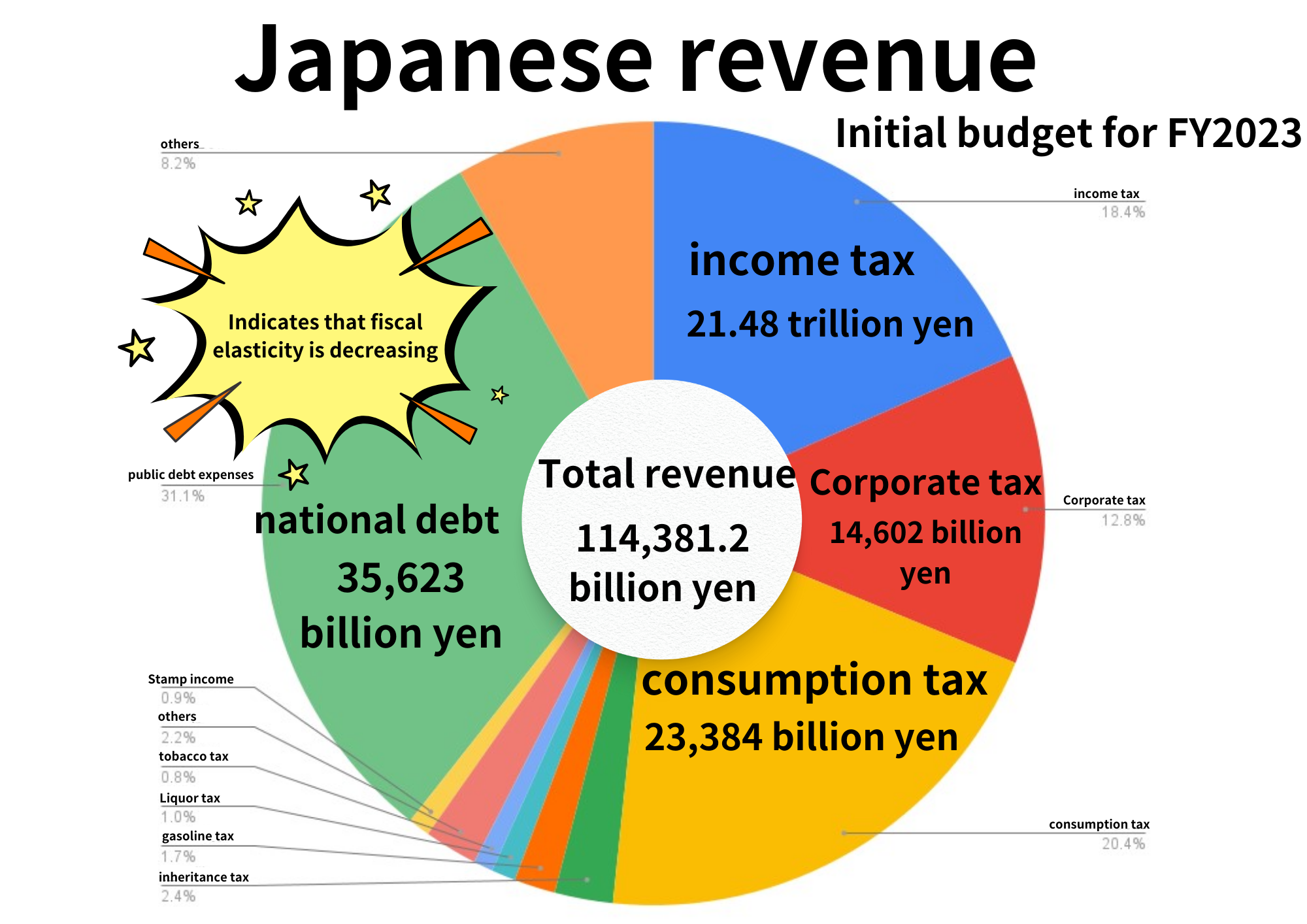
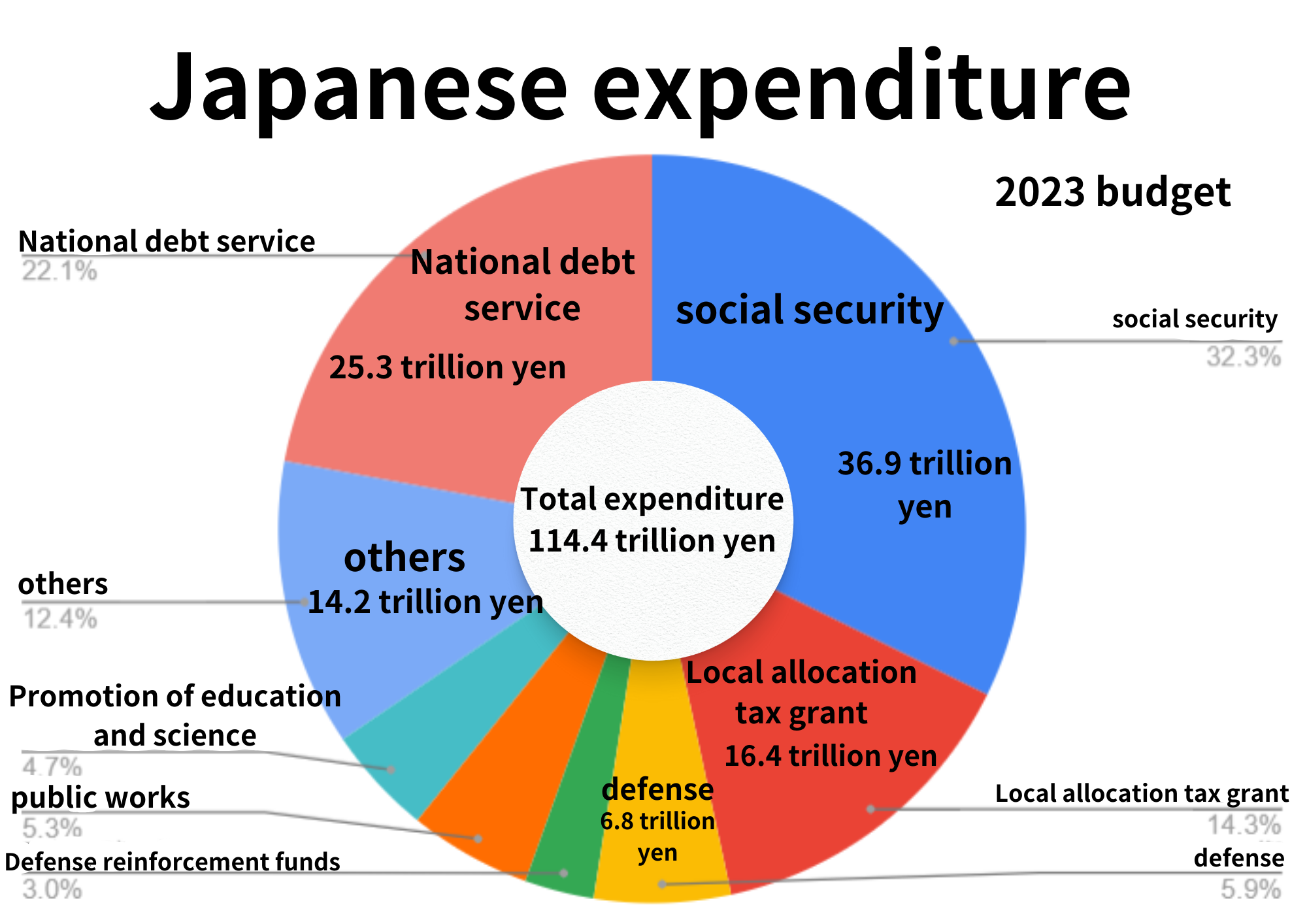 Click on image to enlarge
Click on image to enlarge

An unimaginable amount..
Money is used in various ways.
Do you know about the local allocation tax subsidy for expenditure?
Hmm..
I'm pretty sure it's money provided by the national government to reduce the fiscal disparity
between local governments.
So, how much is the difference between Tokyo and local revenue?
Let's look into the fiscal disparity between rural areas and the city center.
Good!
Let's compare various prefectures and cities and think about what can be connected to regional
revitalization.
Click on image to enlarge↑
〇Comparison between Tokyo, which has a large population, and Tottori Prefecture,
which has
a
small population.〇
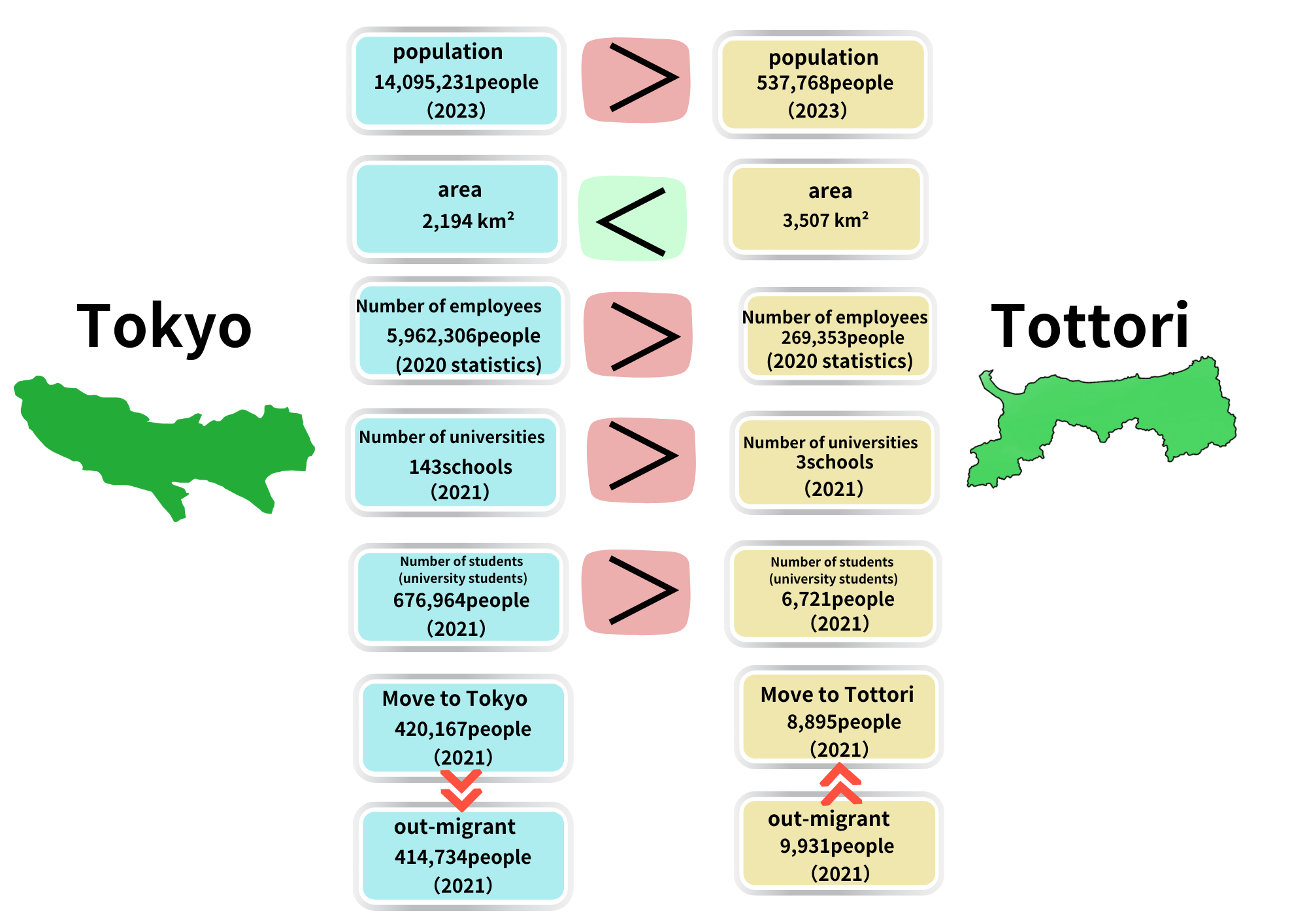
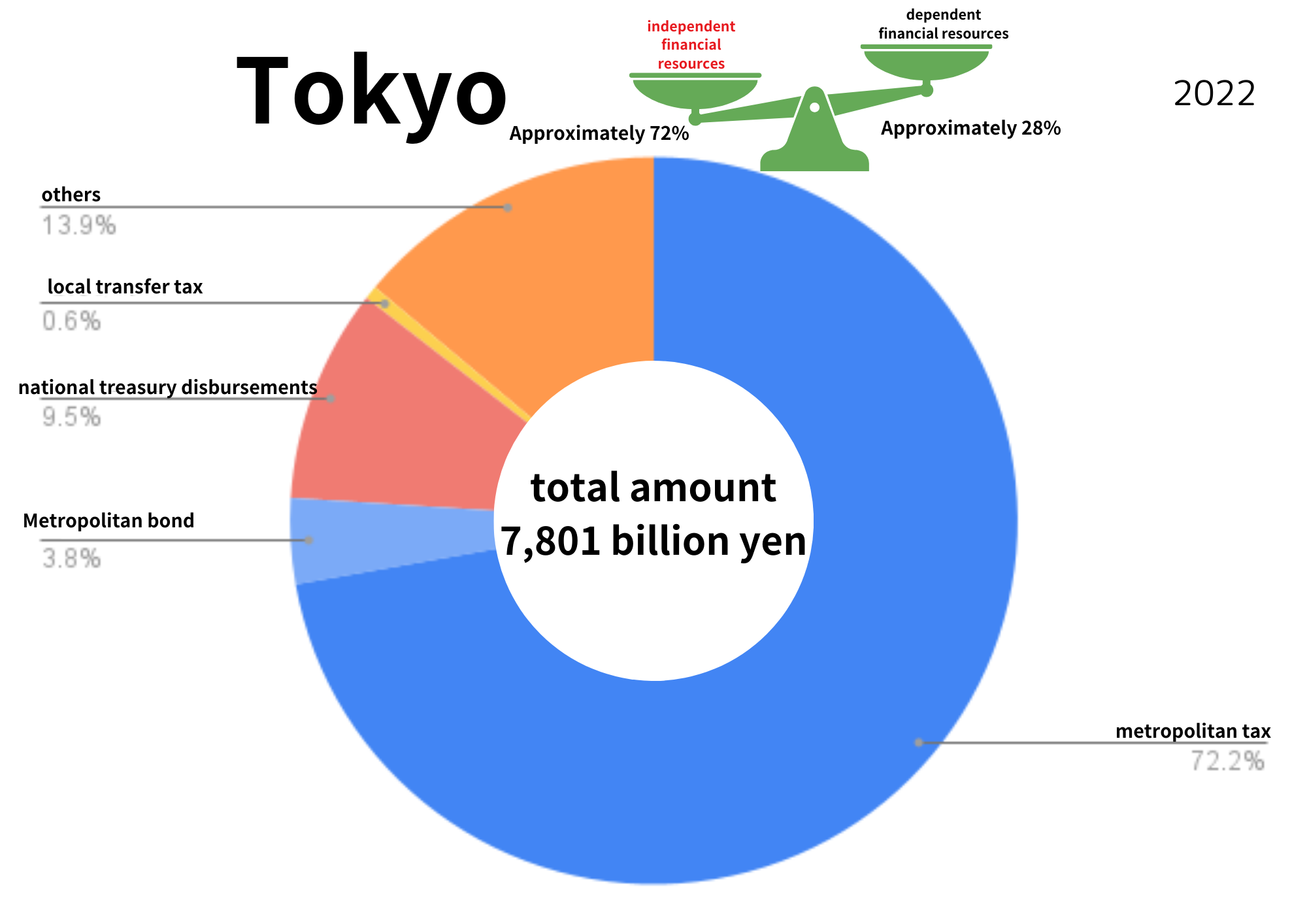
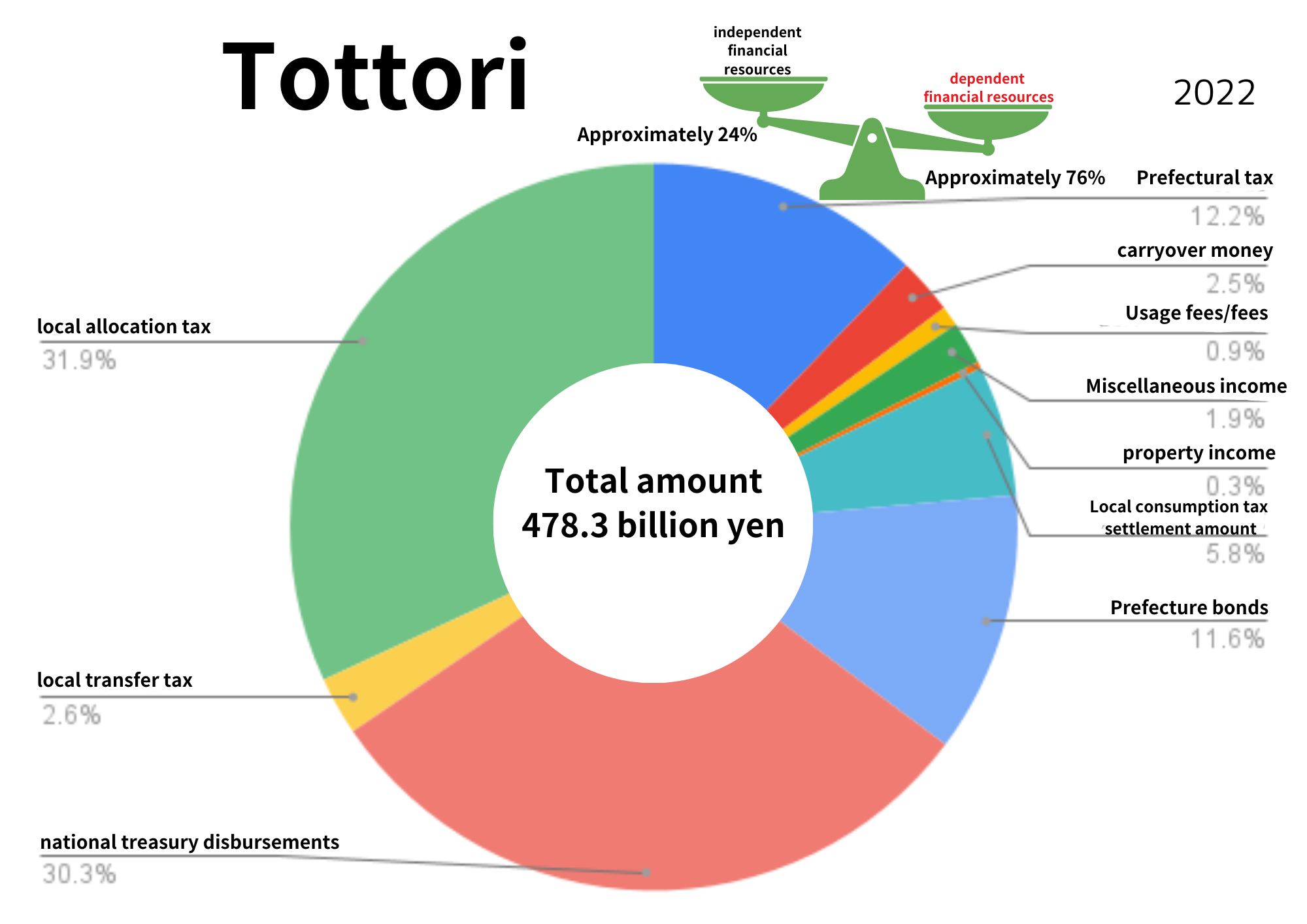
As you can see from the graph above, Tokyo has a large population, so it is easy to collect metropolitan taxes,
and most of the city's income is covered by metropolitan taxes.
This means that Tokyo has a large amount of independent financial resources,
and
can be said to be financially stable in Tokyo.
On the other hand, nearly half of the funding for local areas comes from government-issued benefits (national treasury disbursements) and special local grants, making it
difficult
for prefectures to secure sufficient financial resources. This needs to be supplemented with dependent financial
resources provided by the national and prefectural governments.

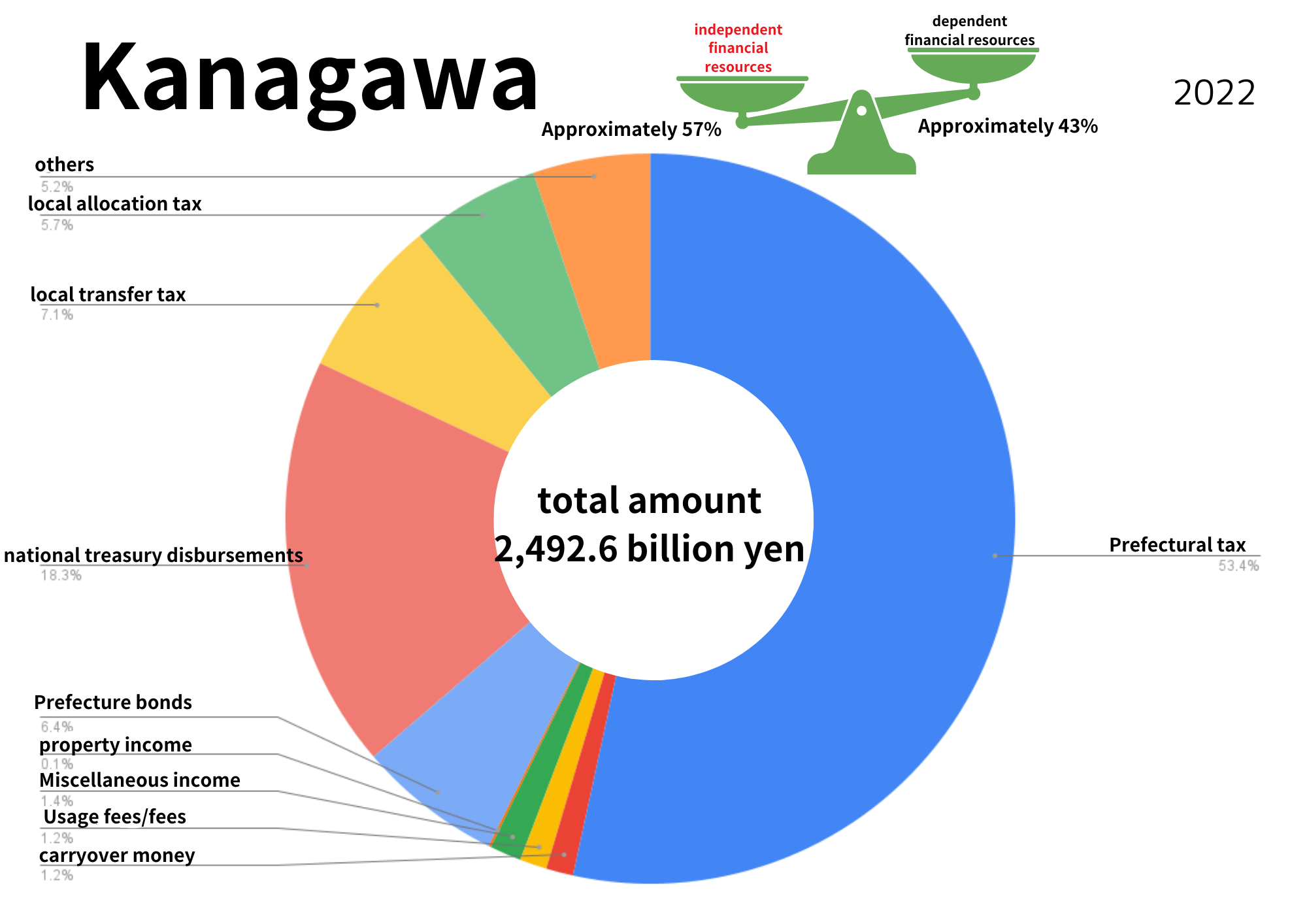
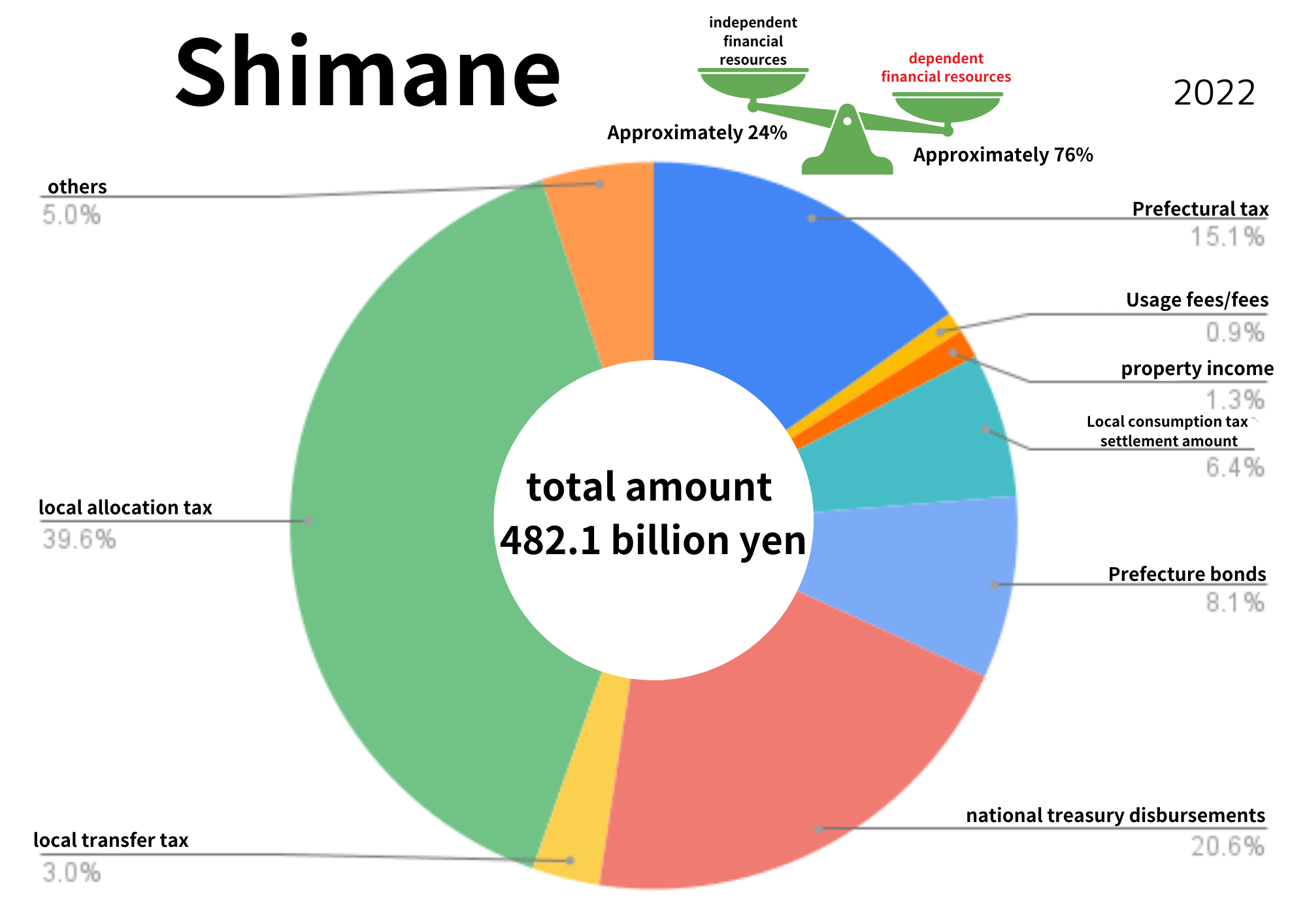
Even in neighboring Tokyo and Kanagawa prefectures, the amount of income varies greatly.
Yes, that's right!
However, Kanagawa Prefecture has a lot of independent financial resources because it is a city
center.
After all, places with a large population attract money.
I never thought that the amount of money collected could differ so much depending on the region.
Let's compare other regions
○Comparison between Hokkaido and Okinawa prefectures, which are popular for tourism〇

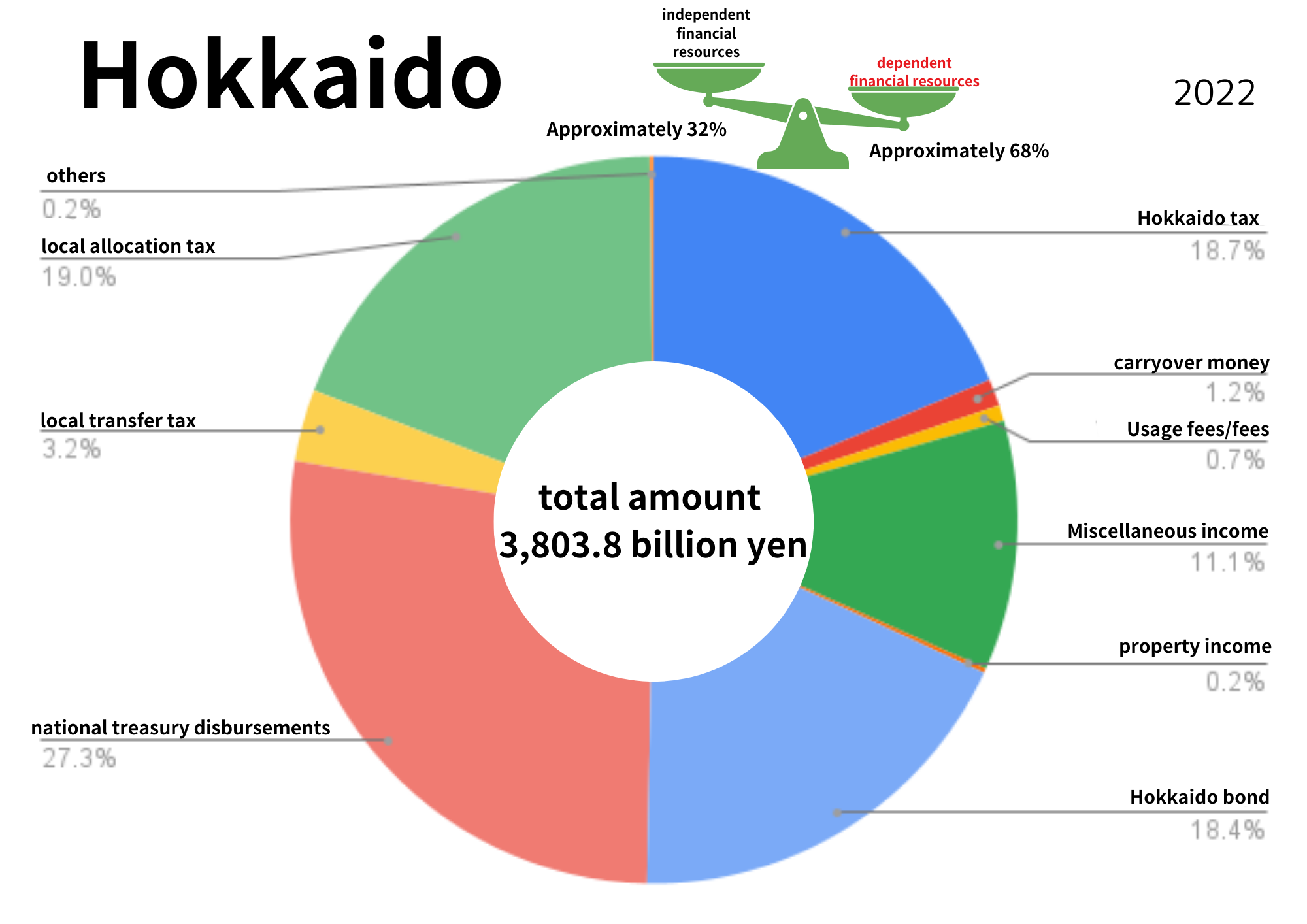
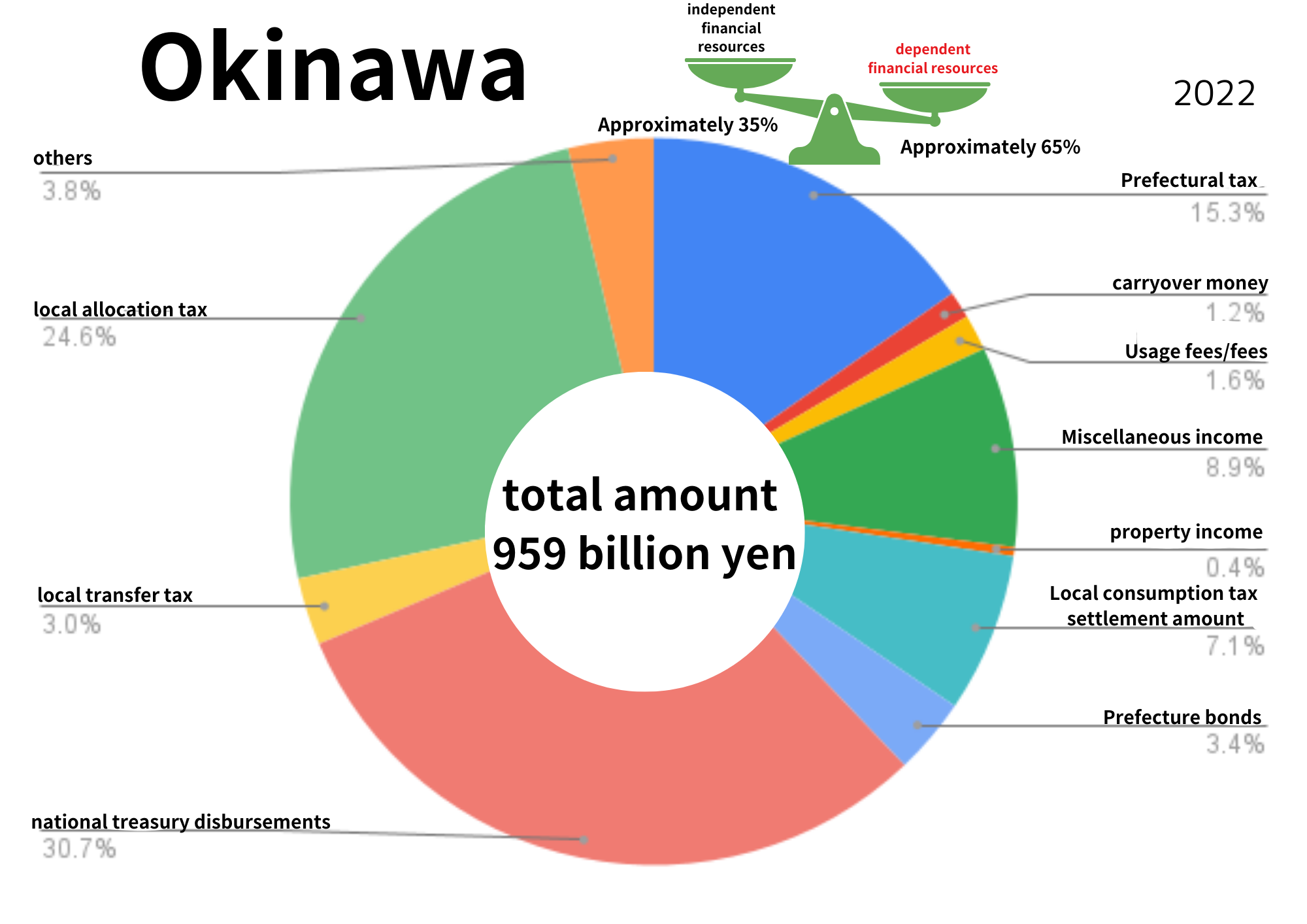
Comparison of popular tourist destinations, Hokkaido and Okinawa.Since Hokkaido is overwhelmingly larger in
area, the difference in total revenue is large, but when compared graphically,
both prefectures have low prefectural taxes (hokkaido taxes) and are dependent on national treasury
disbursements and local allocation taxes.
〇Comparison between Hiroshima and Ibaraki prefectures with similar populations〇
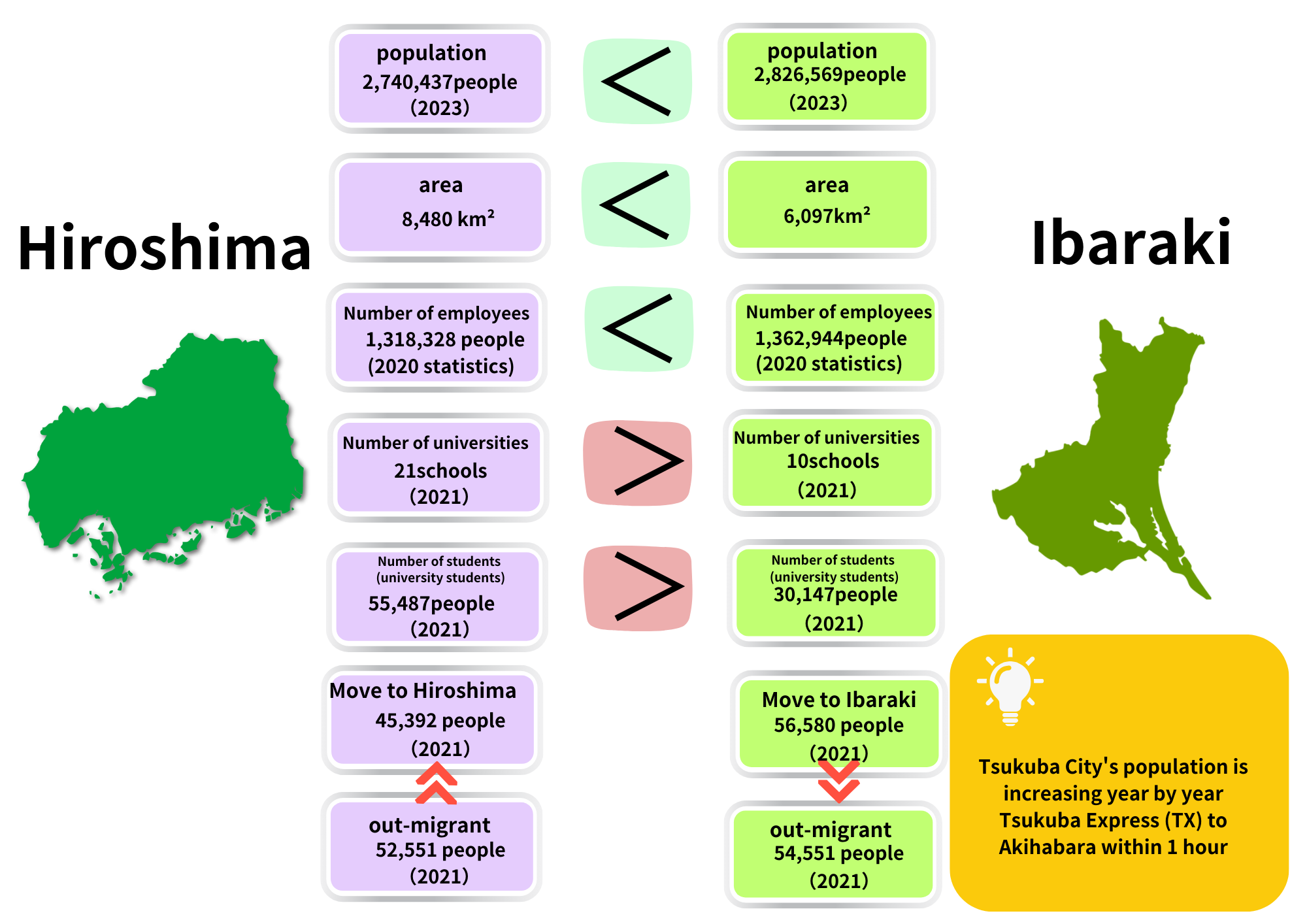
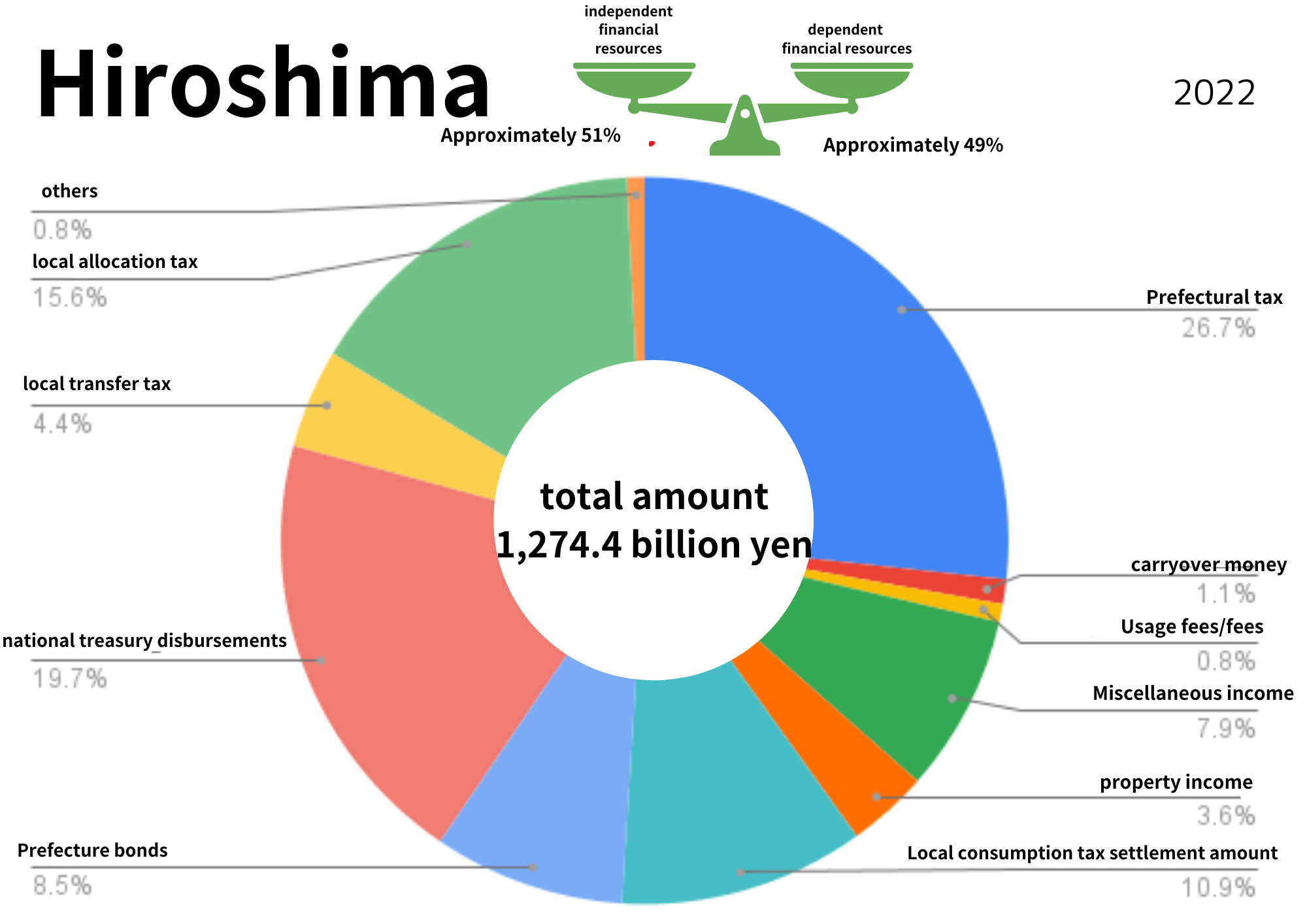
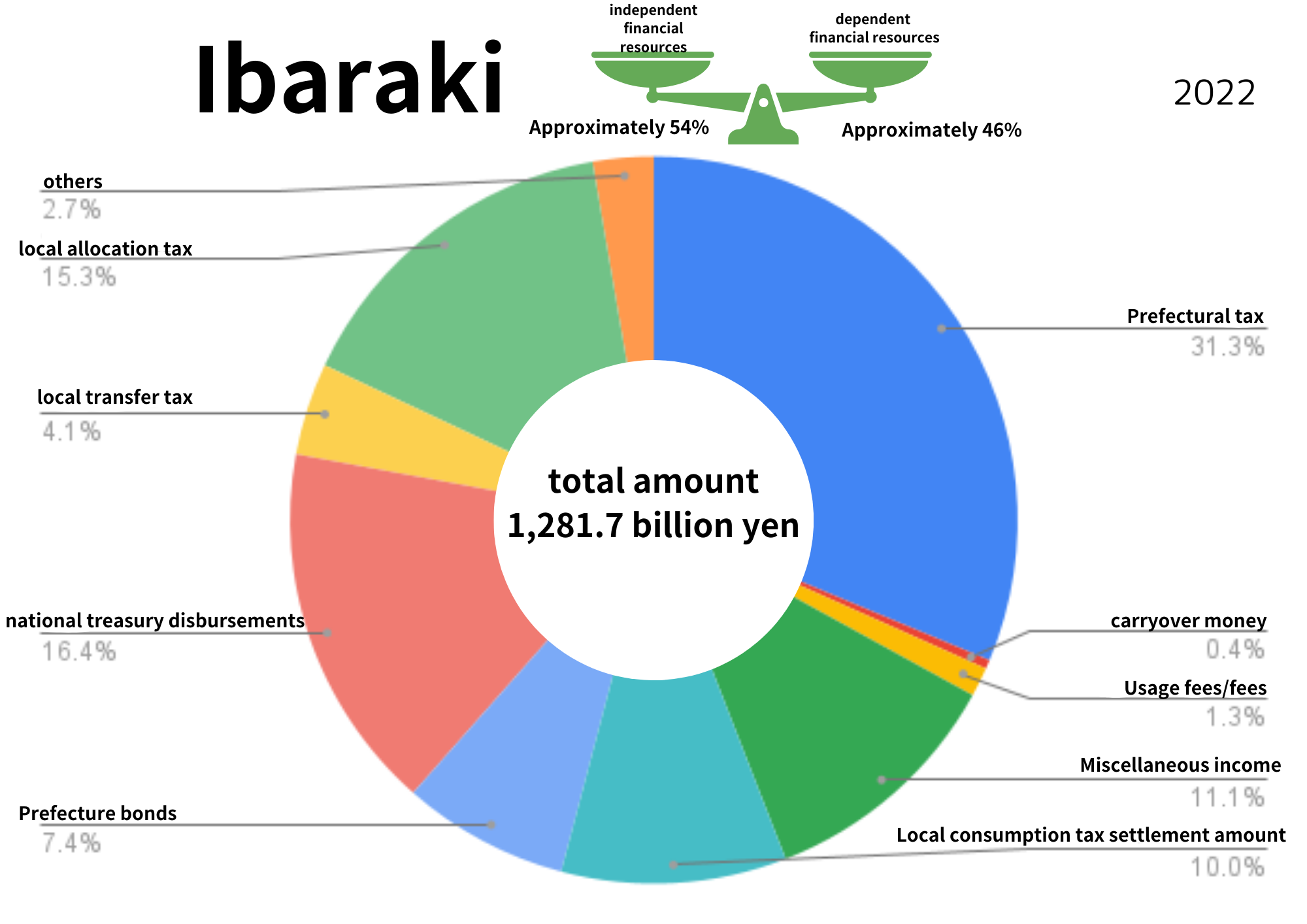
In Hiroshima and Ibaraki prefectures, the ratio of independent financial resources to dependent
financial resources was about 50-50.
The population is about 2.8 million people, and only about 50% of it comes from independent financial
resources.
But the number of people moving into Ibaraki Prefecture is increasing!
Yes, one of the reasons is because Tsukuba Express was built!
It runs from Akihabara station to Tsukuba in 45 minutes.
It's popular because commuting in Tokyo is easier and it's a good environment to raise children.
Having people with children living here will lead to regional revitalization.
One of the reasons for its popularity is that it is easily accessible to the city center.
〇Compare by city that is the prefectural capital〇
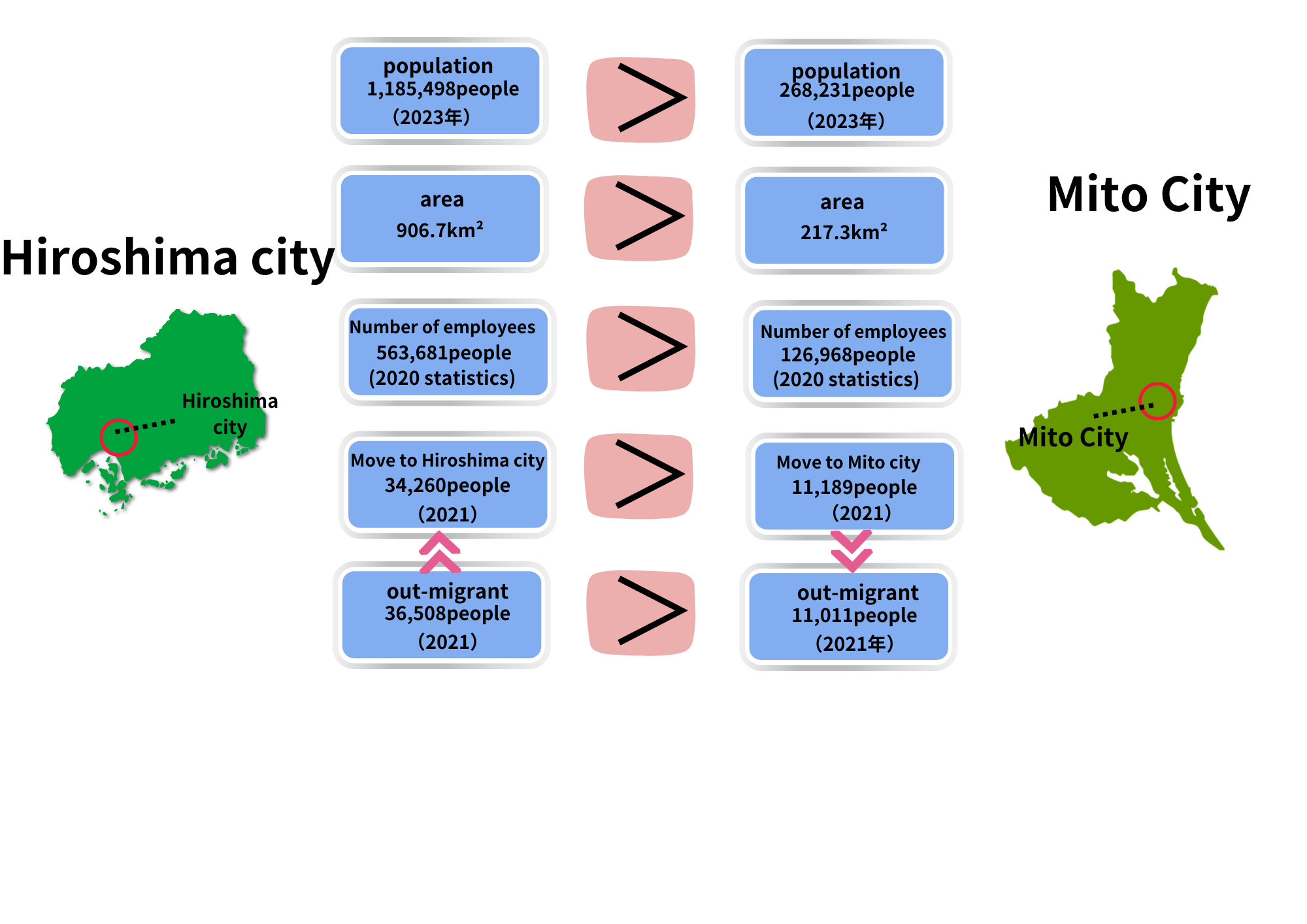

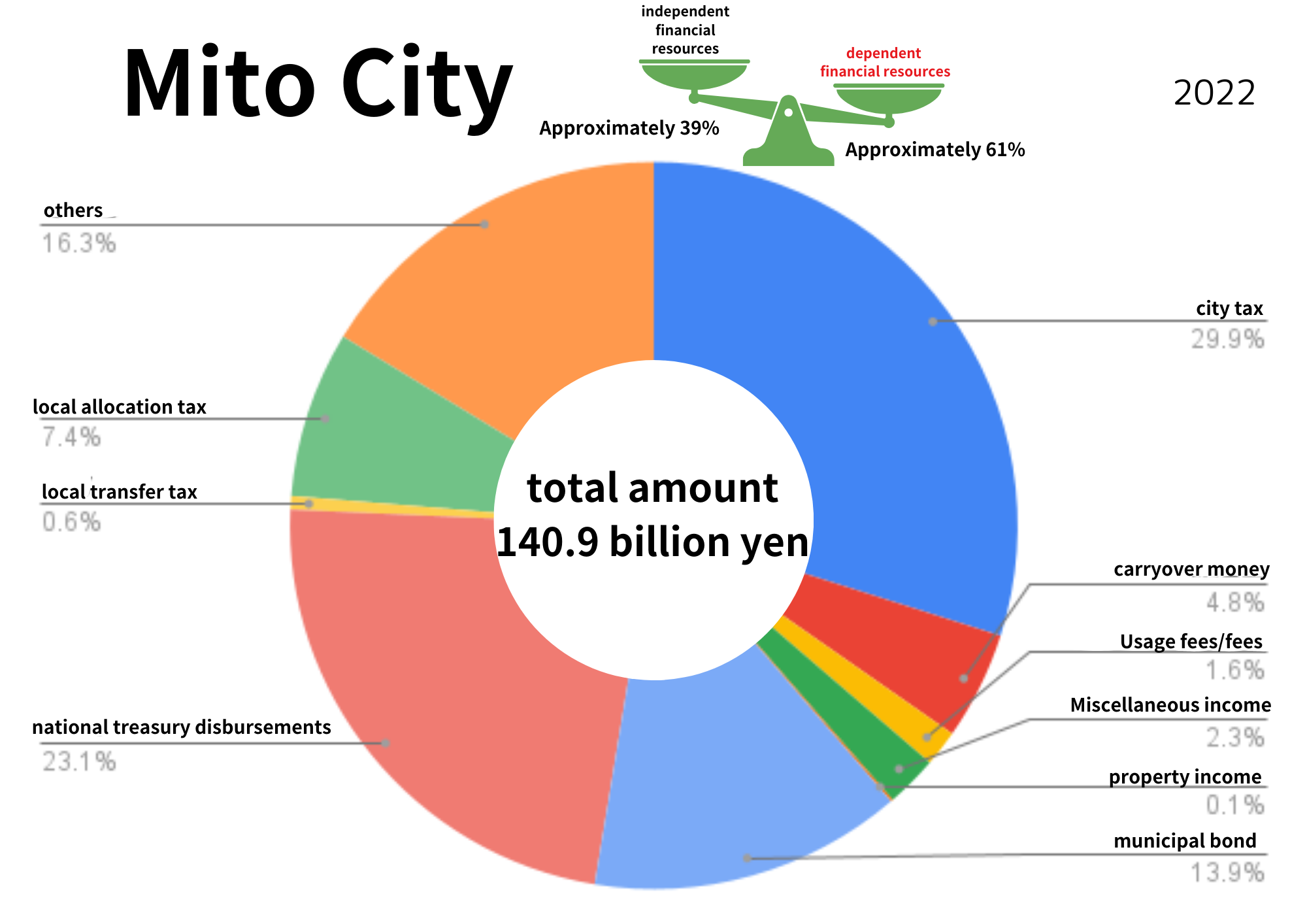
I had never thought about local finance before, so it made me think about a lot of things.
Yeah, me too
After all, the root cause is population decline.
Also, if the population of a region increases, local subsidies will decrease and tax revenue can be
lowered.
Yes, I hate Japan, where taxes keep rising!
I think we need to reconsider how to effectively utilize limited financial resources.
I would also like to know about Japan's efforts.
Let's find out if there's anything you can do in your area!
















